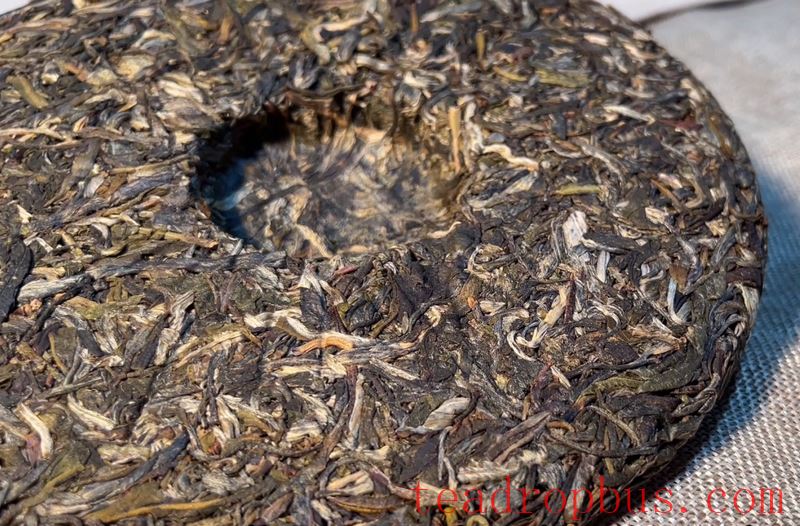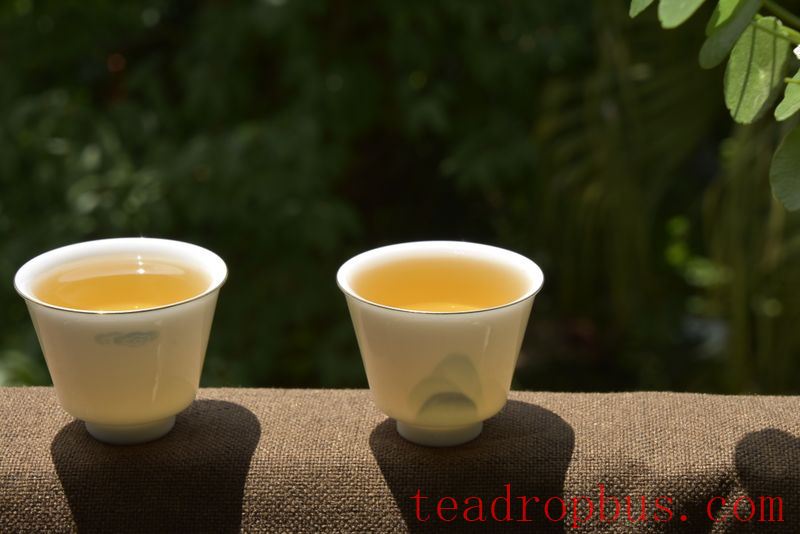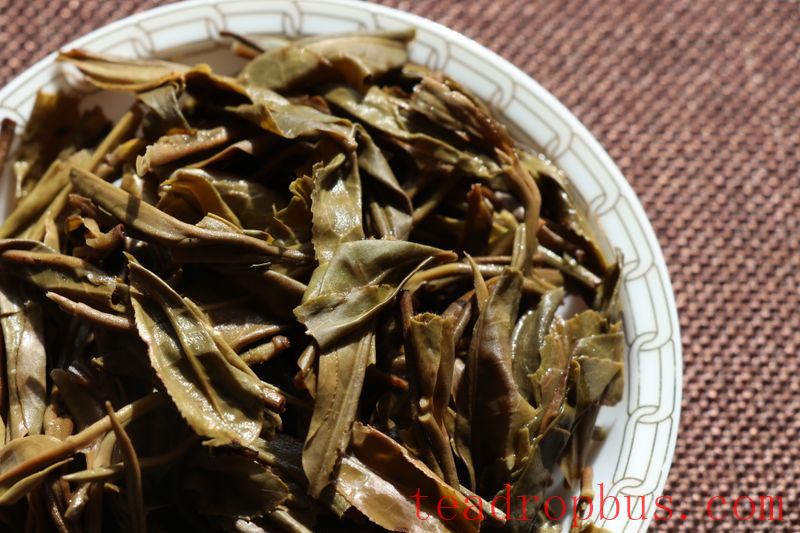Behind every great cup of Tea lies a meticulous approach to every step, from growing the tea trees, harvesting the leaves, to brewing the tea. What are the standards for a good cup of tea? Just as the world of tea ceremony has multiple facets, everyone's preferences and depths of involvement vary. How one defines a good cup of tea can differ from person to person. However, in general, good tea should include the following points:

1. Dry Tea Appearance:
The Compressed tea should have a moderate tightness and uniformity; its color should be smooth and lustrous. For Pu'er ripe tea, the color should be red-brown with a glossy sheen and visible golden tips. For Pu'er raw tea, it should be dark with a lustrous appearance.
2. Aroma: Evaluate the purity and longevity of the tea's aroma.
A standard Pu'er tea should have a pure aroma without any off-flavors, impurities, or unpleasant musty odors. Pu'er tea is known for becoming more fragrant with age. Its aroma is formed through fermentation by microorganisms and enzymes, resulting in a harmonious blend of scents such as fresh, fruity, and floral aromas. One should experience pleasant and pure aromas like sweet, lotus, floral, honey, nutty, and aged scents that last. If a tea exhibits unpleasant or mixed odors, it indicates an issue with the tea itself.

3. Liquor Color: The liquor of Pu'er tea should be bright.
A quality-assured Pu'er tea will have a bright or clear liquor. Generally, older Pu'er teas tend to have better clarity. For example, the liquor of Pu'er raw tea appears yellow and bright. For aged raw teas, the liquor may become crystal-clear and reddish. Pu'er ripe tea liquor is characterized as deep red and bright. New ripe teas may appear slightly cloudy due to the presence of protein particles and short fibers produced during fermentation, which are not yet fully soluble in water. Over time, these particles dissolve further, and the liquor becomes clearer. However, if a ripe tea stored for over a year remains cloudy, this would be a cause for concern.
If, when comparing two brews of the same tea, one appears murky with significant sediment, it suggests issues with the raw materials, processing, or storage.
4. Taste: Smooth, refreshing, and returning sweetness.
When Drinking Tea, take small sips slowly and let the tea linger to appreciate its taste. Focus on the smoothness, thickness, refreshing sensation, and returning sweetness. Smoothness means the tea tastes fresh with a hint of sweetness and minimal stimulation. Refreshing and smooth refer to the pleasant sensations in the mouth and throat. Returning sweetness means a noticeable sweetness should follow after swallowing the tea, rather than lingering bitterness.

5. Leaf Base: Color, uniformity, and texture.
The leaf base should have good luster, uniformity, and a soft, pliable texture indicating high activity. Pu'er ripe tea leaf bases have a red-brown color with a glossy sheen. Pu'er raw tea leaf bases are yellow-green and resilient. If the leaf base appears blackened, carbonized, unevenly colored, or feels prickly or mushy upon touch, it indicates poor quality.
The five criteria summarized above represent the sensory quality standards for high-quality Pu'er tea. In general, tea quality is evaluated based on external appearance and internal qualities. To choose a tea that suits your palate, it's important to try many different types, compare them, and pay close attention to your experiences.